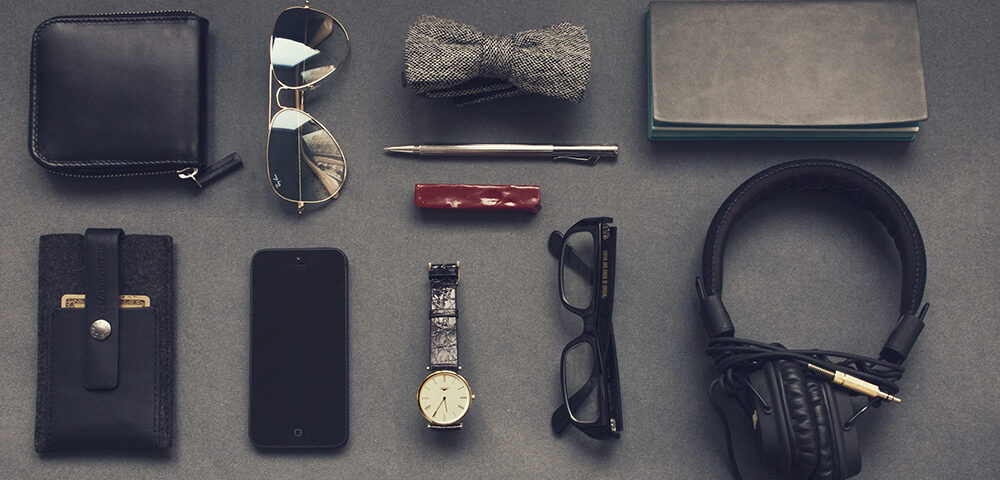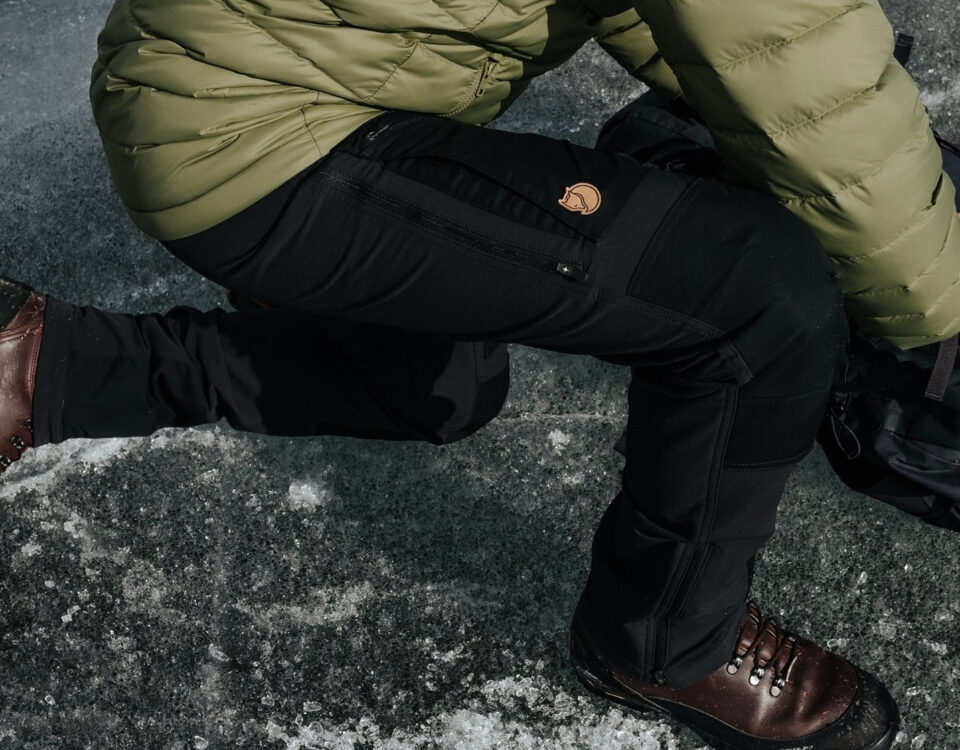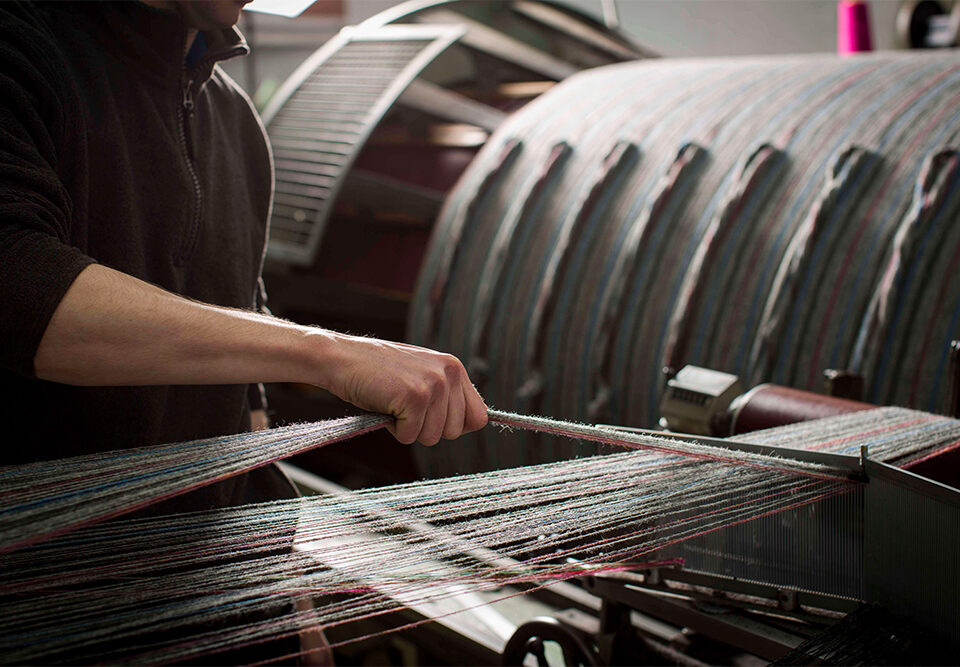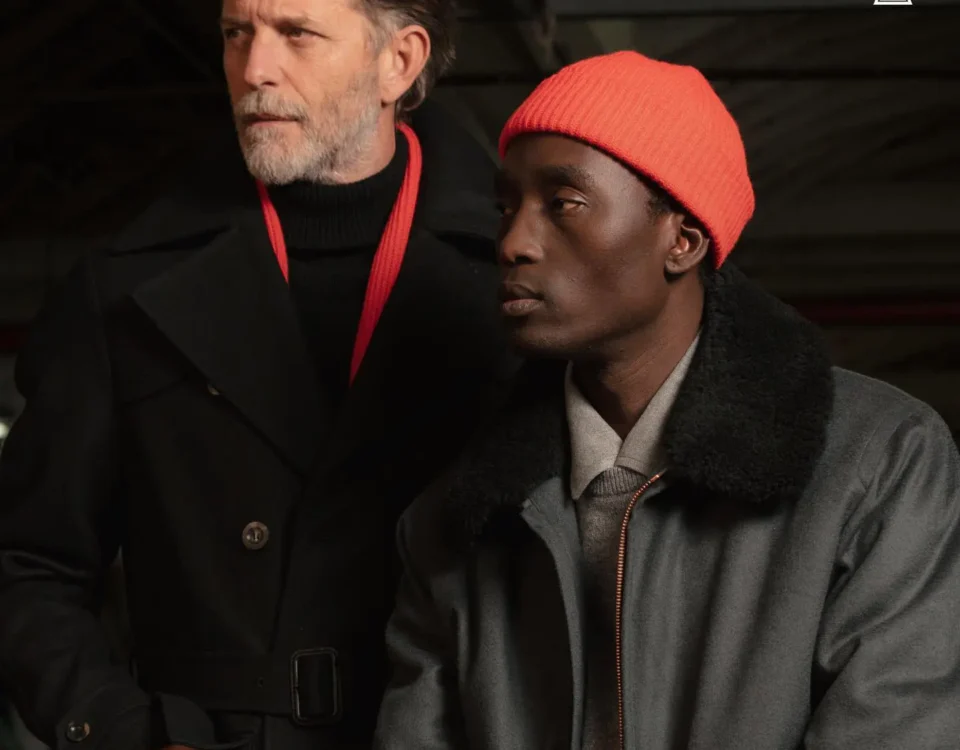
9 Trending Men’s Fashion Pieces For Winter 2023
November 14, 2023
9 Luxury Investment Pieces That Will Upgrade Your Winter Wardrobe
November 16, 2023Small boys always have stuff in their pockets. Bits of string, conkers, loose change, catapult. OK, so that’s a bit ‘Just William’. Today it may be more like bits of Lego, sweet wrappers and a vape. But the idea holds: from a young age, men are acculturated to the need for pockets. We find stuff to fill them with, even if that’s just our hands.
On the flip-side, not many schoolgirls get detention for having their hands in their pockets, because often they don’t have any. Indeed, if the gender gap in clothing design is breaking down – though, despite fashion’s best efforts, most men aren’t rushing to wear skirts – one way in which it remains as wide as ever is in matters of storage. Womenswear so often comes with pockets too shallow to be useful, or, even stranger, things that look like pockets but actually aren’t. As Christian Dior once put it, “Men have pockets to keep things in, women for decoration”.
The argument made is that they have handbags instead. But a handbag – while a potential status object – is something that needs looking after. A handbag has to be tended to, monitored. The genius of pockets is that they hold the items we need – our ‘everyday carry’ as it’s now known – both hidden away and close to the body. Where we go, our pockets and their items come with us.
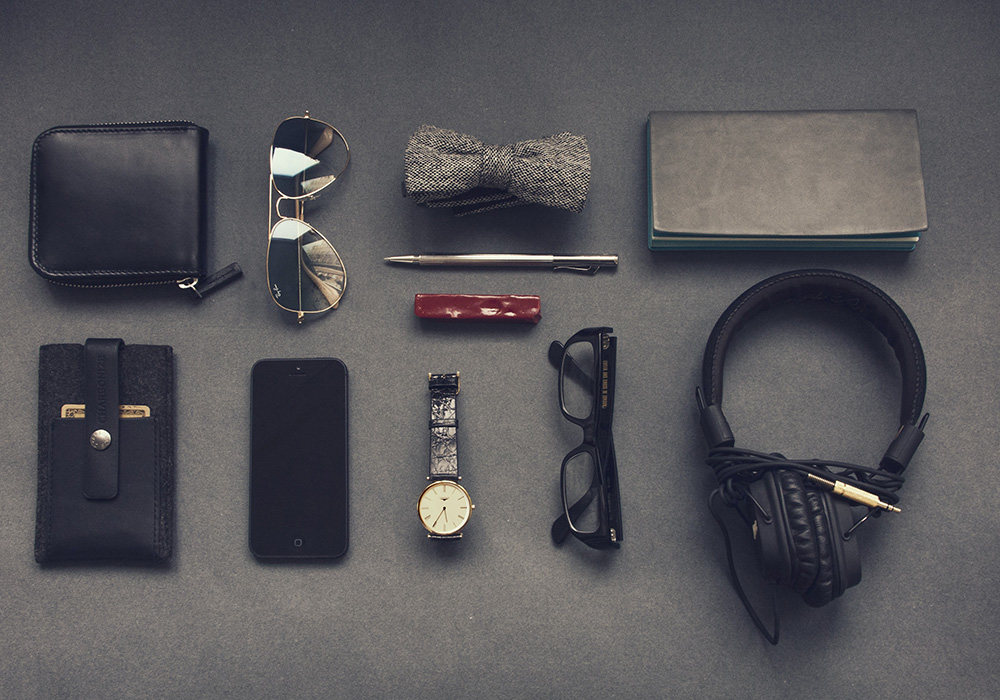

Where else would modern men store their ‘everyday carry’ (edc)?
It took a while for the concept of the pocket to take shape. Indeed, pockets started out as small, often ornate bags carried on a belt, worn by men and women alike. ‘Pocket’ began to be used as an adjective to highlight the smallness and so portability of an object, from handkerchiefs to notebooks. But when women’s clothing became slimmer fitting, women made the transition to carrying bags, and fashion dictated that these were more feminine. Men therefore did not follow suit.
Rather, by the 17th century, menswear was already seeing pockets sewn directly into garments. And, since menswear was already more form-fitting, plenty of pockets too, allowing men to spread their belongings about them. As the idea of the suit evolved, so did that of the pocket, and they began to be designed with specific uses in mind. Flaps were introduced to protect a pocket’s contents from the rain and from pickpockets, for example. Garments, like the safari jacket, came to be appreciated for the size and number of pockets they offered.
But it would be the demands of wartime, in the 20th century, that would see consideration of pocket design come to the fore. Soldiers, and especially specialist ones the likes of paratroopers, for whom the cargo pant was invented, needed to travel light. Airmen wore clothing with pockets near their ankles – ideal for access when seated.
Indeed, perhaps we have come to think of clothing with pockets as appealingly more masculine. And a packed pocket makes you feel rugged, in the way that a man-bag – for all the attempts to make them cool – just never can. Consider ‘Roadman’ style, with its love of those little, slightly fey nylon pouch bags. Why do these roadmen carry such things? Because their dedication to grubby sweatpants leaves them largely pocketless.
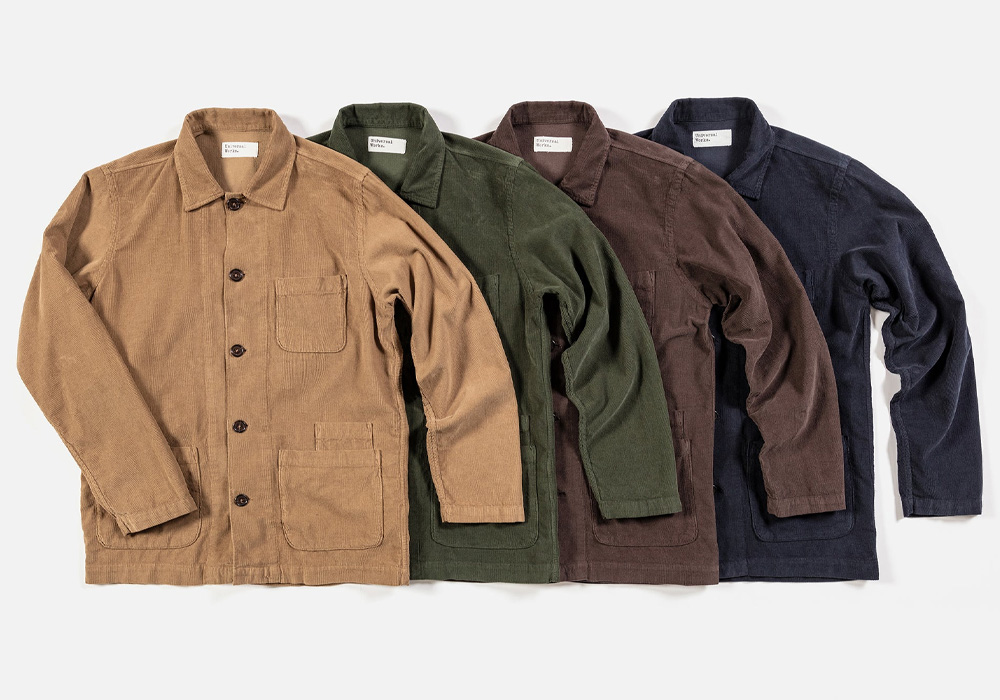

Practical and pocketful: workwear brands such as Universal Works have become extremely popular in recent years
Certainly, the pocket’s hint of macho has proven an inspiration to full-on pockaholic designers like Nigel Cabourn or Daiki Suzuki, of Engineered Garments – the latter’s FA Pant, a seasonal regular, comes with nine pockets. And surely part of the appeal of the enduring trend for workwear over recent years isn’t just the comfy cuts and hardy fabrics, but the fact that a chore jacket, for example, never lacks storage space.
Can you have too many pockets? According to one historical study, the average American man’s three-piece suit and shirt in 1945 had 24 pockets. It’s hard to imagine where these all were. But Bernard Rudofsky, the modernist architect and director of MOMA’s short-lived Department of Apparel Research, thought this was getting ridiculous and campaigned not just for fewer pockets, but for none at all. He proposed that menswear move towards womenswear’s more clutter-free, draped style of clothing, with its emphasis on the different qualities of cloth. Clearly, it was not a campaign that worked.
That said, one point he made – pockets seem useful but only accommodate man’s unbudging belief in the protective, talismanic properties of the things he carries, meanwhile weighing him down with ‘ballast’ – rings true. Marsupial Man likes to feel well-prepared. And full pockets suggest that.
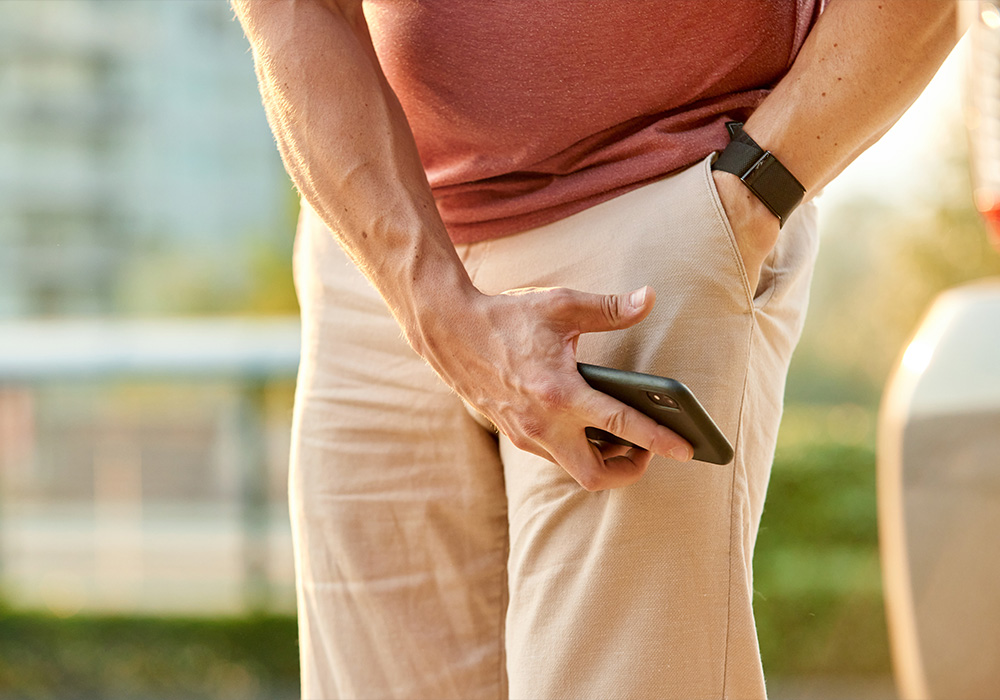

If men have pockets, they will fill them
Most men will have experienced the disorientating effect of pocket excess – that sense of knowing you have what you want on your person, but having to pat yourself down like airport security in order to find it. That, of course, is the problem with pockets: have pocket, will fill it.
Today, in times when more efficient manufacturing techniques in China make the addition of more pockets suddenly cost-effective, there’s been an explosion of ‘pocketage’. Oftentimes, this can lead to a garment with pockets where no pocket should rightfully be. Envelope or bellows, flapped or reinforced, there is more to a pocket than meets the eye. And pocket placement, as with pocket design – the right shape, the right depth, the right cloth and fastening – is an under-appreciated art in itself.
It is all too commonplace to find an otherwise great garment ruined by ill-considered pockets. So choose wisely. Don’t just try on a new piece of clothing on. Consider how it will perform as a container of all you need about you.

